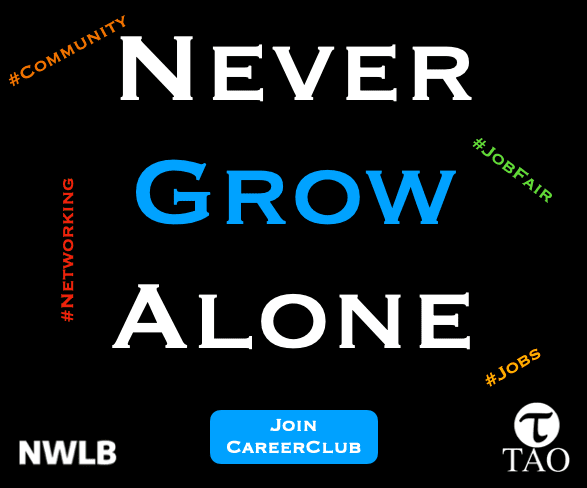In the evolving tapestry of the modern workplace, traditional norms are being systematically challenged and reimagined. One of the most profound shifts occurring is the transition from an authoritative management style to one that is far more collaborative and inclusive. This profound change is not merely a fad but a response to the dynamic and diverse nature of contemporary work environments. It is a change driven by the need for greater innovation, problem-solving, and employee empowerment.
The authoritative, or top-down, approach to leadership, once a cornerstone of corporate strategy, is increasingly seen as outmoded in a world that values quick adaptation and employee engagement. The command-and-control style of leadership stifles creativity and often leads to a disengaged workforce. In contrast, a collaborative management style emphasizes the collective over the individual, encourages open communication, and values input from all levels of the organization.
One of the key implications of this shift is the empowerment of employees. When workers feel heard and are encouraged to contribute their ideas, they are more likely to take ownership of their work and go the extra mile. This empowerment fosters an environment where innovation can flourish, as diverse perspectives lead to a cross-pollination of ideas, solving problems in novel and effective ways.
To adapt to this paradigm shift, leaders must embrace new mindsets and skill sets. Emotional intelligence becomes paramount; the ability to understand and manage one’s own emotions, as well as to empathize with others, becomes a critical component of effective leadership. Active listening is another crucial skill, as it fosters an environment where all voices are heard and considered. Finally, team engagement is vital, with leaders needing to inspire and motivate, rather than dictate and direct.
Several organizations are exemplary case studies in this transformative approach. For instance, Google’s Project Aristotle, which studied hundreds of its teams, identified psychological safety as the most crucial factor in the most successful teams’ performance. This finding has encouraged managers to create a more open and safe communication environment. Similarly, Zappos instituted a flat organizational structure with self-managed teams, termed ‘Holacracy’, emphasizing distributed authority and decision-making.
These companies, among others, have reported improved employee satisfaction, lower turnover rates, and better business outcomes as a result of their collaborative leadership practices. Their success stories offer a blueprint for other organizations seeking to navigate this changing landscape of leadership.
In conclusion, as The Work Times continues to chronicle the latest trends and evolutions within the workplace, it is evident that the shift from authoritative to collaborative management styles is not just a change in how we lead but a transformative movement towards a more empowered and productive future. Leaders who embrace this shift, developing new competencies and fostering a culture of collaboration, will find themselves at the forefront of a workplace revolution that is reshaping the very nature of work.














